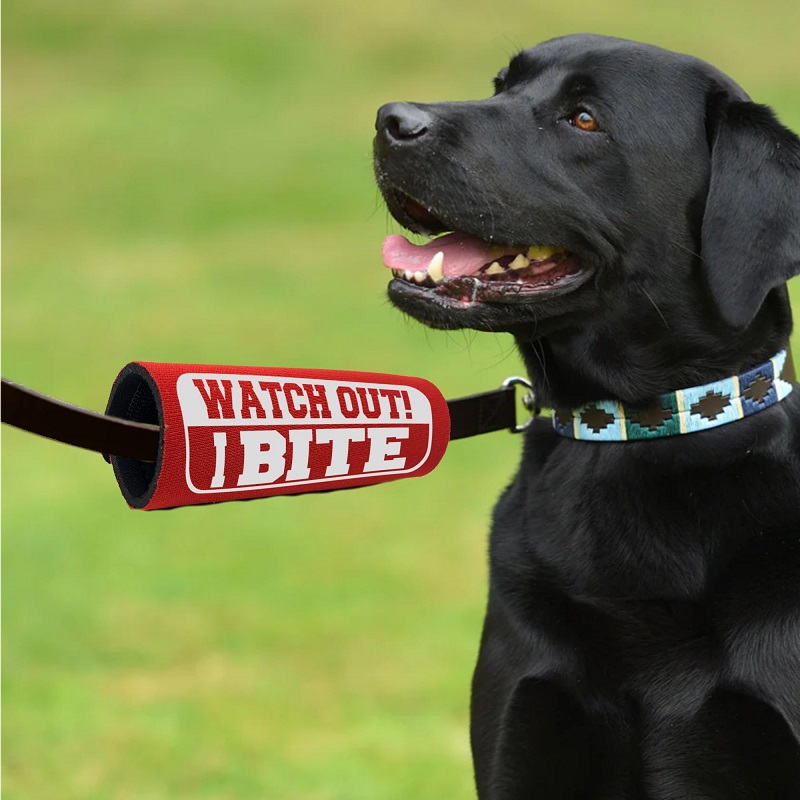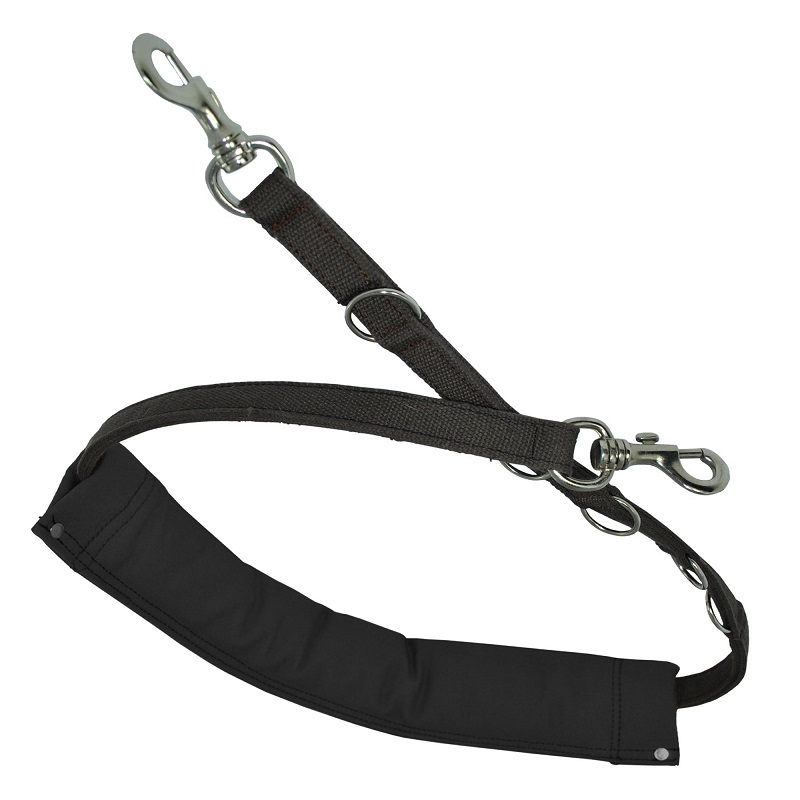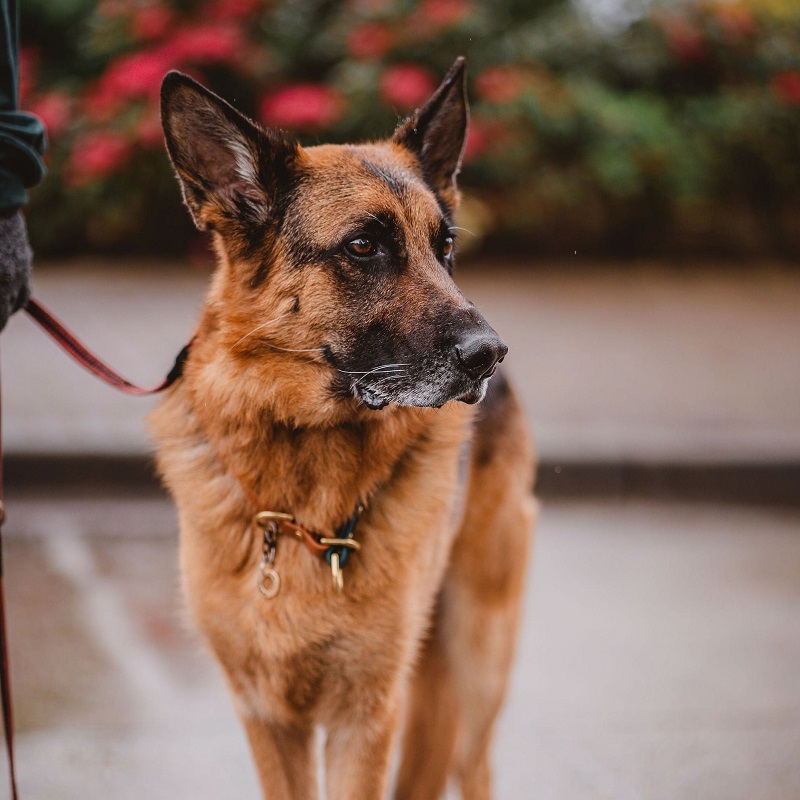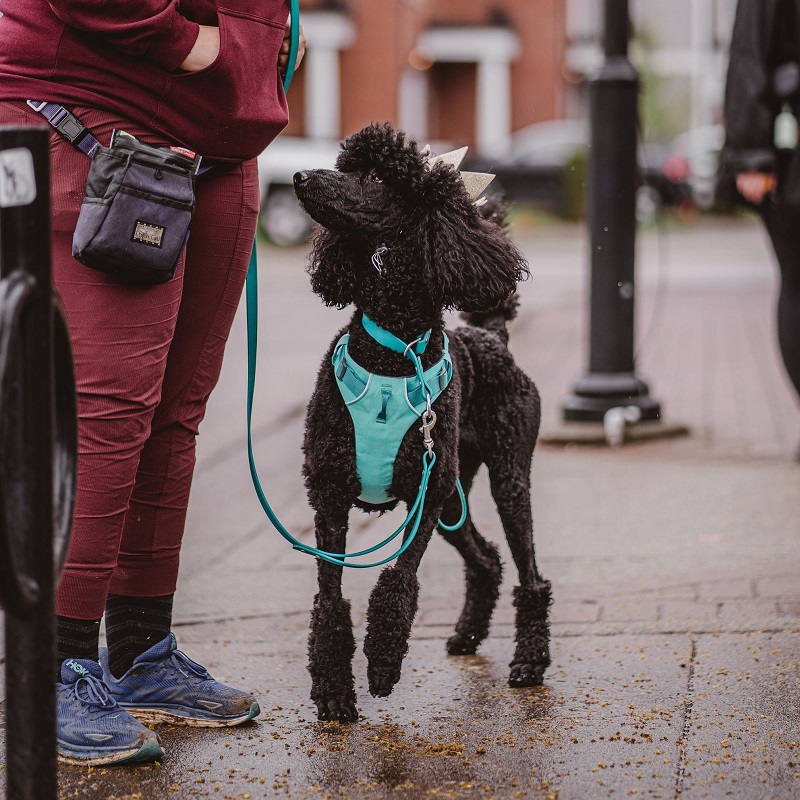Choosing the right leash for your dog is essential for ensuring both their safety and your comfort during walks. With countless options available, it can be overwhelming to determine which leash is best suited for your furry friend. This guide will provide quick tips and detailed insights on selecting the best dog leashes to make your decision easier.
Understanding the Importance of a Dog Leash
Why Leashes Matter for Dog Owners
Dog leashes are a crucial tool for responsible pet ownership. They provide control, ensure safety, and help facilitate proper training. A well-chosen leash allows you to manage your dog’s behavior during walks, especially in busy areas or when encountering other animals and people. Using a leash also protects your dog from running into dangerous situations, such as busy streets or unfriendly dogs.
The Legal Aspect of Dog Leashes
In many places, it is legally required to have your dog on a leash in public spaces. This law is designed to protect not only your pet but also other animals and people in the vicinity. Failing to comply with leash laws can result in fines or other penalties. Understanding these regulations is crucial for responsible dog ownership and can help prevent potential conflicts with other pet owners or community members.

Types of Dog Leashes
Standard Leashes: A Reliable Choice
Standard dog leashes, typically made from nylon or leather, come in various lengths and widths. They provide a solid grip and are designed for everyday use. The standard length of 4 to 6 feet is ideal for maintaining control while giving your dog enough freedom to explore their surroundings. For larger or more energetic breeds, consider wider leashes that can withstand pulling and tugging.
Retractable Leashes: Pros and Cons
Retractable leashes offer flexibility, allowing dogs to roam up to 30 feet while still being attached to their owner. These leashes are convenient for dogs that enjoy exploring but can also pose challenges. If not properly managed, a retractable leash can lead to tangling or injury. They are best suited for well-trained dogs that respond reliably to commands, as they require a higher level of control.
Specialty Leashes: For Unique Needs
There are various specialty leashes designed for specific situations. For example, hands-free leashes allow you to walk or jog with your dog while keeping your hands free. Leashes with built-in harnesses provide additional control and comfort for dogs that may pull. For training purposes, short leashes help maintain close control, especially during obedience training sessions. Assess your lifestyle and your dog’s behavior to determine if a specialty leash might be beneficial.

Material Matters: Choosing the Right Fabric
Nylon Leashes: Durability and Affordability
Nylon leashes are a popular choice due to their durability and affordability. They come in various colors and patterns, allowing for personalization. Nylon is also lightweight, making it easy to handle during walks. However, while nylon leashes are resistant to wear and tear, they may not be the best option for very strong or large dogs, as they can stretch or fray over time.
Leather Leashes: A Classic Option
Leather leashes offer a classic and stylish option for dog owners. They are incredibly durable and tend to become softer with use, providing a comfortable grip. Leather also has a timeless aesthetic that many dog owners appreciate. However, leather requires proper maintenance to keep it in good condition, including regular cleaning and conditioning. This option may be best for owners willing to invest in the upkeep.
Reflective and Visibility Leashes: Safety First
For nighttime walks or low-light conditions, consider leashes made with reflective materials. These leashes enhance visibility, making it easier for drivers and pedestrians to see you and your dog. Safety is paramount, especially in urban areas where traffic is common. Reflective leashes are available in various styles, combining functionality with security.
Leash Length: Finding the Right Fit
Standard Lengths: General Guidelines
The length of a dog leash can significantly impact your control over your dog. Standard leashes typically range from 4 to 6 feet, which is ideal for most walks. A 4-foot leash provides close control, making it suitable for training, while a 6-foot leash offers more freedom for your dog to explore. Choosing the right length depends on your dog’s size, temperament, and your walking environment.
Longer Leashes: When to Use Them
Longer leashes, such as 10 to 15 feet, can be beneficial for training sessions or when exploring open spaces. These leashes allow for more freedom of movement while still maintaining some control. However, be cautious when using longer leashes in crowded or urban settings, as they can lead to tangling or loss of control. Consider your surroundings and the behavior of your dog when opting for a longer leash.
Short Leashes: For Training Purposes
Short leashes, often 1 to 3 feet in length, are excellent for training and close control. They are particularly useful for teaching commands or navigating through crowded areas. However, short leashes may not provide enough freedom for some dogs, leading to frustration. Understanding your training goals will help you determine if a short leash is appropriate for your dog.

Handle Types: Comfort and Control
Standard Handles: Basic Comfort
Most dog leashes come with a standard handle that offers basic comfort and control. However, if you frequently walk a strong or energetic dog, consider leashes with padded handles. These handles provide extra cushioning, reducing the strain on your hands during long walks or when your dog pulls.
Dual Handles: Added Control
Some leashes feature dual handles, providing additional control at two points along the leash. This design allows for quick adjustments, making it easier to manage your dog in various situations. Dual-handled leashes are especially beneficial for training or when walking in busy environments, offering enhanced safety and control.
Traffic Handles: For Urban Walks
Traffic handles are short, additional handles located closer to the collar, allowing for immediate control in crowded or potentially dangerous situations. These are particularly useful for urban walks, where quick reactions may be necessary to avoid hazards. When navigating busy streets or areas with many distractions, a leash with a traffic handle can be a lifesaver.
Assessing Your Dog’s Behavior and Size
Size Matters: Choosing the Right Leash for Your Dog
When selecting a leash, consider your dog’s size and strength. Small breeds may not require heavy-duty leashes, while larger or more powerful dogs will need sturdier options to withstand pulling. Using the appropriate leash ensures that you maintain control and prevent accidents. Always check the weight limit of the leash to ensure it is suitable for your dog.
Behavioral Considerations: Tailoring Your Choice
Your dog’s behavior also plays a significant role in choosing the right leash. For dogs that tend to pull, a leash with a built-in harness can provide additional control and comfort. For well-trained dogs, a standard or retractable leash may suffice. Assess your dog’s behavior, training level, and responsiveness to commands to determine the best leash option.
Training Requirements: Matching Leash to Training Goals
If you are currently training your dog, consider how the leash can aid in the process. A short leash may help reinforce training commands, while a longer leash allows for more freedom during outdoor training sessions. Understanding your training goals will guide you in selecting the most effective leash to help achieve them.
Additional Features to Consider
Clip Mechanisms: Ensuring Safety
The clip mechanism of a leash is crucial for ensuring safety. Look for sturdy metal clips that are easy to operate but secure enough to prevent accidental release. Some leashes feature locking mechanisms that provide extra security, preventing your dog from breaking free during walks. Assessing the clip’s reliability can save you from potential hazards during outings.
Additional Attachments: Leash Versatility
Some leashes come with additional attachments, such as treat bags, waste bag dispensers, or reflective lights. These features enhance convenience and can make walks more enjoyable. Consider what additional functions may be beneficial for your lifestyle and whether they align with your daily walking routine.
Budgeting for the Right Leash
Understanding Price Ranges
Dog leashes come in a variety of price ranges, from budget-friendly options to high-end designer leashes. While it’s tempting to opt for cheaper leashes, investing in a quality product can save money in the long run. Durable leashes that can withstand wear and tear will provide better value over time.
Evaluating Quality vs. Cost
When considering cost, evaluate the quality and features of the leash. A more expensive leash may offer better materials, enhanced safety features, and added comfort. Assessing your dog’s needs and your walking habits can help justify the cost. Always prioritize safety and comfort over price when making your choice.
Conclusion: Making the Best Choice for Your Dog
The Importance of Research
Choosing the right dog leash is a vital part of responsible pet ownership. Conducting thorough research will help you make an informed decision that ensures the safety and comfort of your dog during walks. Consider your dog’s size, behavior, and your specific needs to find the best leash that fits your lifestyle.










